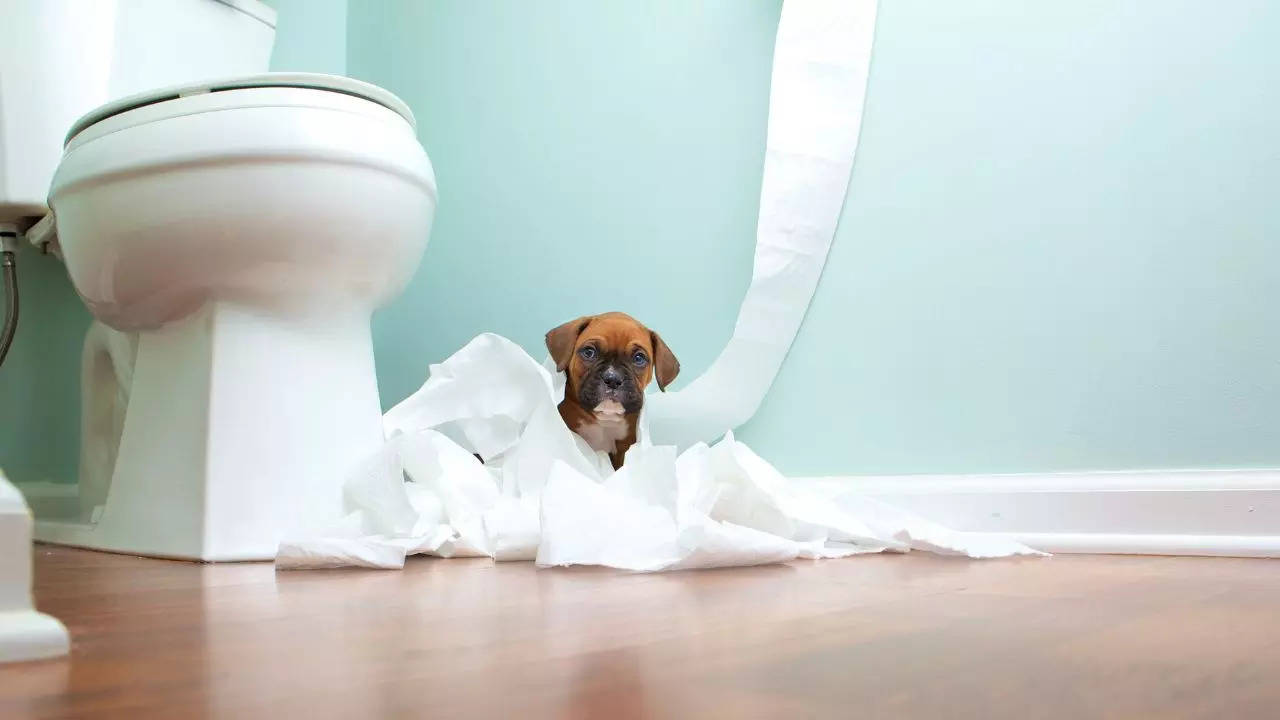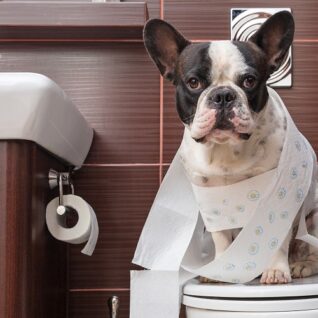My Perils of Flushing Animal Waste Down the Toilet
My Perils of Flushing Animal Waste Down the Toilet
Blog Article
This post directly below in relation to Can You Flush Dog and Cat Poo Down the Toilet? is incredibly remarkable. Give it a try and make your own final thoughts.

When it concerns taking care of waste, particularly animal waste, lots of people commonly resort to the convenient choice of flushing it down the bathroom. Nevertheless, this seemingly simple option can have serious repercussions for the setting and public health. In this short article, we'll check out why flushing pet waste down the commode is a poor concept and offer different techniques for proper disposal.
Introduction
Proper garbage disposal is vital for maintaining ecological sustainability and public health. While it might appear harmless to purge animal waste down the bathroom, it can cause various problems, both for the setting and human health.
Risks of flushing animal waste
Environmental effect
Flushing animal waste presents hazardous microorganisms and virus right into waterways, which can negatively impact marine communities. These pathogens can pollute water sources and harm aquatic life, interfering with delicate ecological communities.
Public health concerns
Pet waste includes harmful germs such as E. coli and Salmonella, which can position significant health threats to humans. Purging animal waste down the bathroom can infect water products, resulting in the spread of conditions and infections.
Alternatives to flushing
Instead of flushing animal waste down the commode, there are several alternate disposal approaches that are more environmentally friendly and sanitary.
Composting
Composting pet waste is an environment-friendly way to throw away it. By composting, organic matter is broken down right into nutrient-rich dirt, which can be made use of to feed yards and plants.
Landfill disposal
Taking care of animal waste in a garbage dump is an additional option. While not as environmentally friendly as composting, it is a much safer option to flushing, as it protects against the contamination of water sources.
Pet waste disposal systems
There are specific pet dog garbage disposal systems readily available that safely and hygienically deal with animal waste. These systems commonly make use of enzymes to break down waste and eliminate odors.
Steps to appropriate animal waste disposal
To make sure proper disposal of animal waste, follow these steps:
Scooping and nabbing waste
Frequently scoop and bag animal waste utilizing naturally degradable bags. This avoids waste from infecting the environment.
Using designated waste bins
Dispose of bagged animal waste in assigned waste bins, such as compost bins or landfill bins. Avoid flushing it down the commode in any way prices.
Cleaning up litter boxes and pet locations consistently
Consistently tidy litter boxes and animal areas to stop the accumulation of waste and germs. Use pet-safe cleansing products to maintain health.
Advantages of appropriate disposal techniques
Embracing appropriate disposal methods for pet waste uses several advantages:
Lowered environmental pollution
Correct disposal methods reduce the danger of environmental pollution, securing rivers and environments from contamination
Minimized danger of water contamination.
By avoiding flushing animal waste down the bathroom, the danger of water contamination is significantly reduced, guarding public health.
Improved cleanliness and health
Proper disposal approaches promote far better sanitation and hygiene, developing a safer setting for both humans and animals.
Verdict
Finally, purging pet waste down the toilet is dangerous to the environment and public health. By adopting alternate disposal techniques and complying with correct waste management techniques, we can reduce the negative influence of animal waste and contribute to a cleaner, healthier world.
What To Do With Dog Poo – The Do's And Don'ts Of Disposing Of Faeces
Dog poo bins
Some councils provide dedicated dog waste bins in popular dog-walking areas that can take dog poo that has been bagged but you can legally dispose of dog waste in any public litter bin, as long as it is securely bagged. This also applies to your wheelie bin at home.
Do not flush
Water companies do not recommend flushing dog faeces down the toilet because certain parasites can survive the water processing treatment and are potentially harmful to humans. You should also never consider flushing dog poo that has been bagged down the toilet as the bags will not break down and instead create severe blockages in the sewage system.
In the woods
The Forestry Commission promotes a ‘stick and flick’ method for dealing with waste in the woods. This means finding a stick and using it to flick any poo from off the path so that it is out of the way of other walkers. You could also bury it as long as it is not in an area where there might be livestock.
Livestock
Parasites found in dog poo can be transmitted to livestock if they inadvertently eat infected faeces that has been left on grazing land. This could result in the death of sheep or abortion in cattle so you should always make sure you pick up your dog’s waste in fields where livestock could be present.

Consistently tidy litter boxes and animal areas to stop the accumulation of waste and germs. Use pet-safe cleansing products to maintain health.
Advantages of appropriate disposal techniques
Embracing appropriate disposal methods for pet waste uses several advantages:
Lowered environmental pollution
Correct disposal methods reduce the danger of environmental pollution, securing rivers and environments from contamination
Minimized danger of water contamination.
By avoiding flushing animal waste down the bathroom, the danger of water contamination is significantly reduced, guarding public health.
Improved cleanliness and health
Proper disposal approaches promote far better sanitation and hygiene, developing a safer setting for both humans and animals.
Verdict
Finally, purging pet waste down the toilet is dangerous to the environment and public health. By adopting alternate disposal techniques and complying with correct waste management techniques, we can reduce the negative influence of animal waste and contribute to a cleaner, healthier world.
What To Do With Dog Poo – The Do's And Don'ts Of Disposing Of Faeces
Dog poo bins
Some councils provide dedicated dog waste bins in popular dog-walking areas that can take dog poo that has been bagged but you can legally dispose of dog waste in any public litter bin, as long as it is securely bagged. This also applies to your wheelie bin at home.
Do not flush
Water companies do not recommend flushing dog faeces down the toilet because certain parasites can survive the water processing treatment and are potentially harmful to humans. You should also never consider flushing dog poo that has been bagged down the toilet as the bags will not break down and instead create severe blockages in the sewage system.
In the woods
The Forestry Commission promotes a ‘stick and flick’ method for dealing with waste in the woods. This means finding a stick and using it to flick any poo from off the path so that it is out of the way of other walkers. You could also bury it as long as it is not in an area where there might be livestock.
Livestock
Parasites found in dog poo can be transmitted to livestock if they inadvertently eat infected faeces that has been left on grazing land. This could result in the death of sheep or abortion in cattle so you should always make sure you pick up your dog’s waste in fields where livestock could be present.

I'm just very involved in Can You Flush Dog and Cat Poo Down the Toilet? and I really hope you enjoyed reading the blog post. Do you know another individual who is occupied with the subject? Feel free to promote it. Thanks a lot for taking the time to read it.
Show Details Report this page